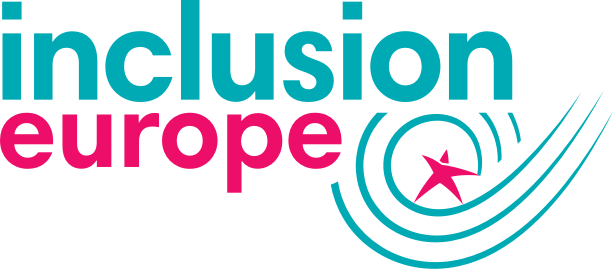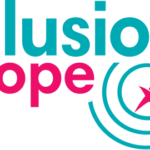Find the meaning of the words in bold in the dictionary at the end of the document.

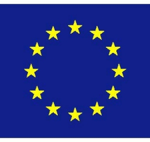
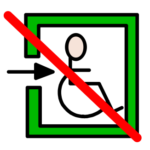

Around 87 million people with disabilities
living in the European Union face barriers.
Persons with disabilities are more likely to
face barriers in healthcare, education, employment,
recreation activities and participation in political life.


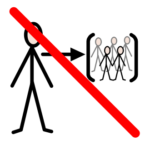
Employment rate of people with disabilities is at 50.8%,
compared to 75% for people without disabilities.
It means that persons with disabilities
are more likely to be unemployed.
The risk of poverty or social exclusion escalates to 28,4%.
It means that persons with disabilities are more
likely to be poor and segregated from the community.
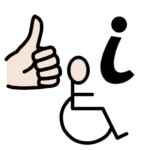
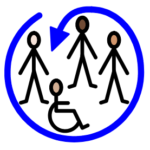
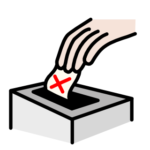
The European Commission adopted the ten-year
Strategy for the Rights of Persons with Disabilities.
The strategy calls for an inclusive society
in which the rights of people living with disabilities
are protected and there is no discrimination.
The strategy supports many projects around
EU rights, independent living, decision making,
non-discrimination and equal opportunities.
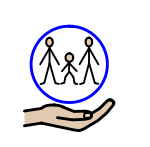

The goal of the strategy is to include
the rights of people living with disabilities
into all policies and areas.
The strategy wants to ensure equal access to
health care, employment, public transport and housing.


The strategy includes elements to improve
the life of the people with disabilities.
The strategy will support people with disabilities
who get affected by health crises like Covid-19.
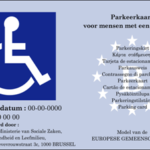

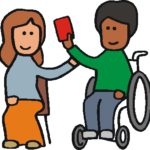

The European Disability card project
will allow for mutual recognition of disabilities
in different EU countries.
It means that the card will show the disability
someone has and it will be recognised by all EU countries.
Person with disabilities can use the card while traveling and
use it in case it’s necessary.
For example, someone can use it to access transportation
or healthcare help while in a different country.


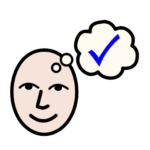

The European Accessibility Act recommends
that more products and services
need to be accessible to everyone.
Products like smartphones and tablets
ATMs or E-books.
This will help persons with disabilities
live more independently.




The Directive on Web accessibility is a recommendation
to make the online data and services
more accessible to people with disabilities.
The directive will affect public institutions
like hospitals, courts or universities.
The directive will help persons with disabilities
who need information written in easy to read.

